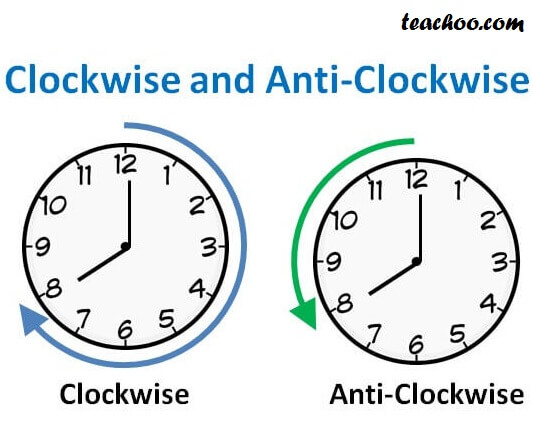

Diagrams identifying the label assignments will in that case need to be 2-D. In contrast, we will see that SU(3) is of rank 2, so its basis members are labeled with two quantum numbers. The possible values of M L or M S depend on the representation, and we saw in Chapter 16 that the values range, in unit steps, between + L and − L (or + S and − S), so that diagrams identifying these basis members can be plotted on a line. For example, in SO(3), which is of rank 1, the index is usually taken to be M L, usually identified physically as the z component of an angular momentum when SU(2), also of rank 1, is used for the description of electron spin, the index is usually called M S. In applications to quantum mechanics, these indices are often referred to as quantum numbers. Summarizing, the rank of a group indicates the number of indices needed to label the basis. For these central aspects of (the so-called classical) Lie groups we refer to the work by Greiner and Mueller (see Additional Readings). (17.43), can be developed along the lines of angular momentum, leading to generalized ladder operators (and selection rules) in conjunction with the mutually commuting operators. The values of the labels (and the physical phenomena related thereto) depend on the representation in use.įor the orthogonal groups SO( n) and unitary groups SU( n) the commutation relations, Eq.
Counter clockwise direction generator#
Once this is done, the basis members of the generator set can be labeled using the diagonal elements (the eigenvalues) of the commuting generators.

This number is called the rank of the group it is significant because the generators can be subjected to unitary transformations without changing the ultimate group structure, and the mutually commuting generators can therefore be brought simultaneously to diagonal form. An additional indicator for group classification is the maximum number of independent generators that all mutually commute. In 3-D, rotations about different axes do not commute, and therefore their generators cannot commute either. We will shortly do so for the groups we study in detail.Īs is obvious from the foregoing analysis, Lie group generators will not in general commute. The structure constants provide a representation-independent characterization of a Lie group, but as already mentioned, to determine them we will need to work with a faithful representation, such as the group's fundamental representation. It can be shown that f jkl is antisymmetric with respect to index permutations, so f j k l = f k l j = f l j k = − f k j l = − f l k j = − f j l k j. The coefficients f jkl are called the structure constants of G.


 0 kommentar(er)
0 kommentar(er)
